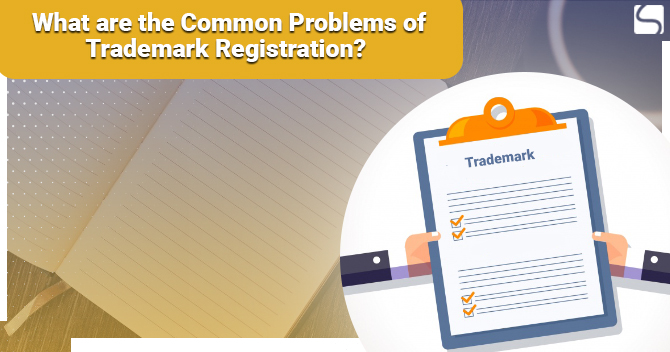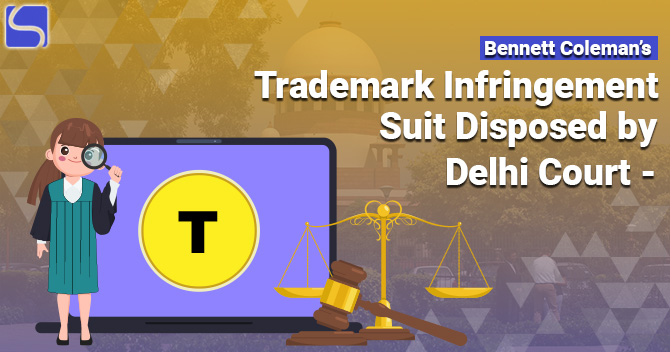Trademark Classes in India: A Complete Guide

Karan Singh | Updated: Jul 17, 2021 | Category: Trademark
A Trademark is an imperative type of Intellectual Property Right that provides an exclusive right to the actual owner over the logo, word, name, or design. Hence, Trademark Registration is essential to create a brand for your company. Scroll down to check more information regarding Trademark classes & the types and benefits of having these classes.
Trademark Registration encourages unique credibility within the brand to belong to a specific owner. Registering a mark or logo, or name under a particular Trademark Class provides different advantages to the recipient. This will not only make sure the complete rights are over the mark but also perform as a stimulant for brand growth.
Table of Contents
Meaning of Trademark
A Trademark signifies any design, symbol or expression that aids to recognise or differentiate products and services. A Trademark Registration gives exclusive rights to the actual owner over the word, name, mark, logo, or combination that enables the consumers to distinguish specific goods or services from others.
Therefore, the Trademark Registration process is crucial for the success of the company as it aids with branding and marketing. If a business doesn’t possess incorporated Trademarks, then others may take advantage of it, and it will ultimately lead to an argument. But, a legitimate Trademark provides complete protection to the logo, symbol, name, or brand of the entity from such mishaps.
What is the Concept of Trademark Classes?
Trademark classes spin around the nature of the products and services for which the users aim to avail Trademark protection. Currently, there are 45 different Trademark Classes that exist in our nation as per the Trademark Act. Such Trademark Classes enables users to avoid Trademark Objections in the future and allow for the efficient registration of the mark.
Out of 45 Trademark Classes, 34 are allocated for products, and the rest of them are for service classes. While all goods and products come under one of these Trademark Classes, each class tells about an extensive range of goods or services that often fail to fit your actual Trademark description.
Candidates can choose for different classes that encompass their goods or services. In case they decide to register under one Trademark class, they will have to apply through Form-TM-1. Similarly, if they choose for a Collective Trademark[1], then they need to apply through Form TM-A.
Tabular Illustration of Various Trademark Classes in India
- Trademark Class 1 – Chemicals
- Trademark Class 2 – Paints
- Trademark Class 3 – Cosmetics & cleaning solutions
- Trademark Class 4 – Lubricants & fuels
- Trademark Class 5 – Pharmaceuticals
- Trademark Class 6 – Metal goods
- Trademark Class 7 – Machinery
- Trademark Class 8 – Hand tools
- Trademark Class 9 – Electrical apparatus
- Trademark Class 10 – Medical apparatus
- Trademark Class 11 – Environmental control apparatus
- Trademark Class 12 – Vehicles
- Trademark Class 13 – Firearms
- Trademark Class 14 – Jewellery
- Trademark Class 15 – Musical instruments
- Trademark Class 16 – Paper goods
- Trademark Class 17 – Rubber goods
- Trademark Class 18 – Leather goods
- Trademark Class 19 – Non-metallic building materials
- Trademark Class 20 – Furniture & other unclassified articles
- Trademark Class 21 – Housewares & glass objects
- Trademark Class 22 – Cordage & fibers
- Trademark Class 23 – Yarns & threads
- Trademark Class 24 – Fabrics
- Trademark Class 25 – Clothing
- Trademark Class 26 – Fancy goods
- Trademark Class 27 – Floor coverings
- Trademark Class 28 – Toys & sporting goods
- Trademark Class 29 – Meats & processed foods
- Trademark Class 30 – Staple foods
- Trademark Class 31 – Natural agricultural products
- Trademark Class 32 – Light beverages
- Trademark Class 33 – Wines & spirits
- Trademark Class 34 – Smoking articles
- Trademark Class 35 – Advertising & business
- Trademark Class 36 – Insurance & financial
- Trademark Class 37 – Building, construction & repair
- Trademark Class 38 – Telecommunication
- Trademark Class 39 – Transportation & storage
- Trademark Class 40 – Treatment of materials
- Trademark Class 41 – Education & entertainment
- Trademark Class 42 – Legal, scientific & computer services
- Trademark Class 43 – Hotels & restaurants
- Trademark Class 44 – Medical, veterinary, agriculture, horticulture, and forestry services
- Trademark Class 45 – Security services for the protection of individuals & property
Vital Requirements to Consider Prior Opting for Trademarks Protection
Here is a quick look at the features one requires to know before choosing Trademark protection for their business.
- Trademarks shouldn’t stick to indistinctness. Instead, it should be apparent & straightforward so that the viewer can memorise it quickly. Hence, choosing short and brief words because they are easily read-out and attract more watches.
- The concerned mark should be distinctive; it shouldn’t bear any similarity whatsoever with the prevailing brands. Prevent copying someone else logo or word or name for the sake of quick success because such acts concluded in legal proceedings.
- Avoid applying registration for geographical names and correct nouns as no one can rights to make sure proprietorship over commonly used words.
- Currently, the application for Trademark is available for the following things:
- A sign, number or letter as well as any combination of these;
- Three-dimensional signs or symbols;
- Monograms;
- Sound marks;
- Different colours combinations;
- Graphic designs and logos.
Conclusion
While applying for Trademark Registration, it is always better to have a basic concept of Trademark Classes to avoid any confusion. Trademark Registration encourages unique credibility within the brand to belong to a particular owner. Registering a mark or logo, or name under a specific Trademark Class provides different advantages to the recipient.
Read our article:E-Registration of Trademark – A Complete Guide














